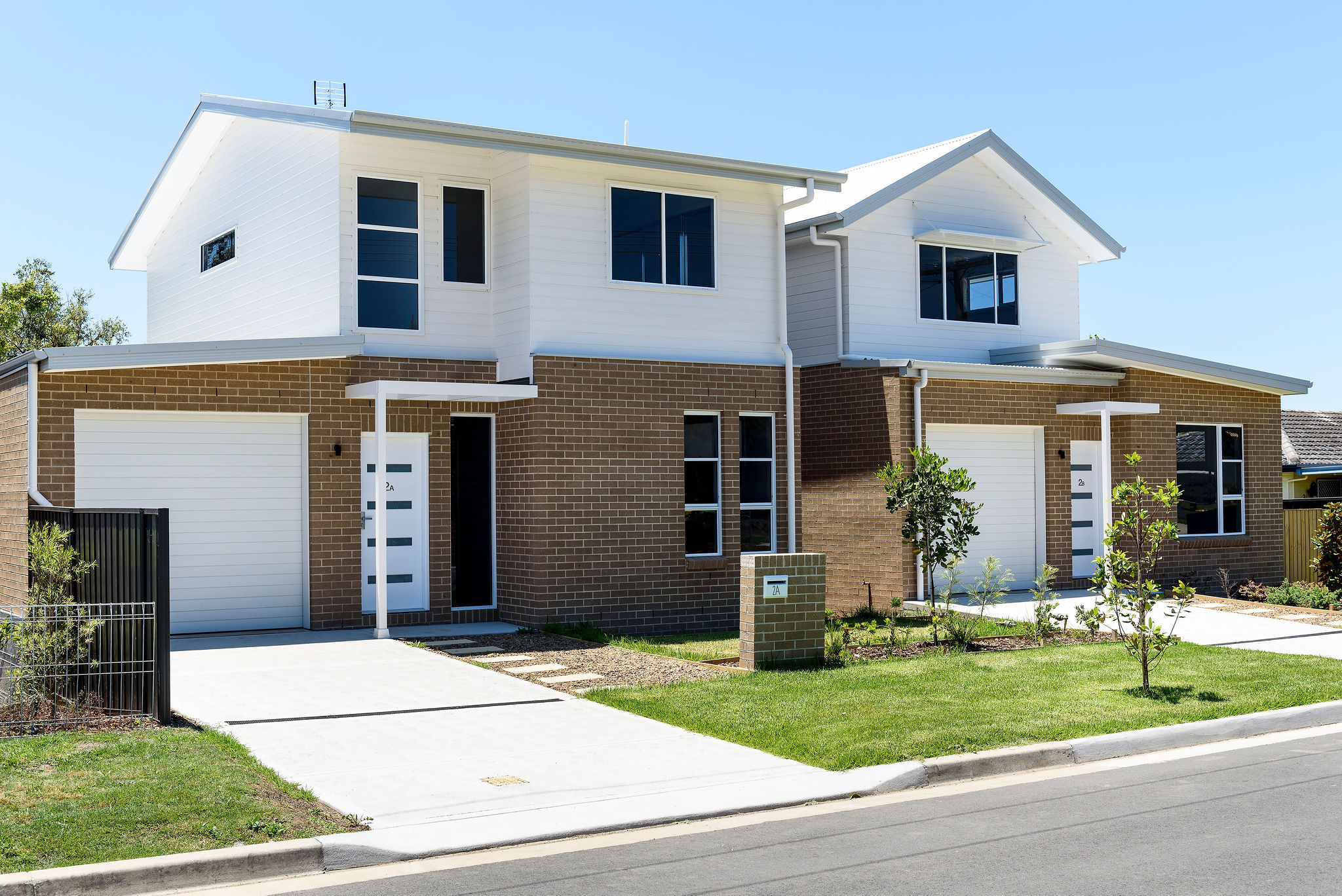
Building a new home means you have the freedom to customise the size and style to suit the needs of potential tenants. By talking with local architects and real estate agents you can gain an understanding of the most in-demand rentals in your area.
For example, building a set of 3 bedroom duplexes in Shortland is going to be more appealing to the suburb’s high student demographic, rather than building a set of duplexes in Cameron Park which is more saturated with families, who would prefer to live in a freestanding house.
Other than location, tenants prioritise newer homes with modern amenities when looking for a rental. Not only will you reduce the risk of having an empty rental but you may also be able to get a higher rental return.
As an investor, you’re also able to claim a higher amount of depreciation on a newer home.
The depreciation of plant and equipment assets, such as air conditioners, dishwashers, carpets, or solar panels, can all be claimed, whereas this is not available for established properties.
For current information about your potential tax benefits, visit the Australian Taxation Office (ATO) website.
Houses can take a long time to be built, usually between 6 months to a year. During this time you’ll still be paying mortgage repayments without earning a rental income. This means you need to consider if you can cover these expenses over this period, and longer to cover potential delays.
The process of building a new home is a lot more involved than buying an existing property. Not only do you need to coordinate with real estate agents, mortgage brokers, and financial advisors, you will also need to choose the best builder and organise demolition (knockdown rebuild).
Unlike building a home, you can list the property for rent as soon as the property has been transferred, after this you may easily find a suitable tenant within a week.
If the property is already being leased, you can collect rent from day one, with no lease fees to find a new tenant.
Older homes come with a proven resale value, so you can judge how well the property has increased in value over the years. If this property has recently been, or is currently, in the rental market, knowing the rental return can help you make an informed decision.
Older homes may be charming, but there can be less demand for rentals that have older appliances and fixtures. This can reduce the number of suitable and reliable tenants interested in your property.
Following on from this, due to dated fixtures or the size of the property (taking into account that many older homes have smaller or fewer bedrooms), the rental return for older properties is typically lower than that of newer homes.
Older homes tend to need more maintenance, and these bills can quickly stack up without warning. Not only may you need to replace dated appliances and fixtures, but if an unforeseen renovation needs to take place, with the need for tenants to vacate, this could mean you’re at a loss of rental income.

